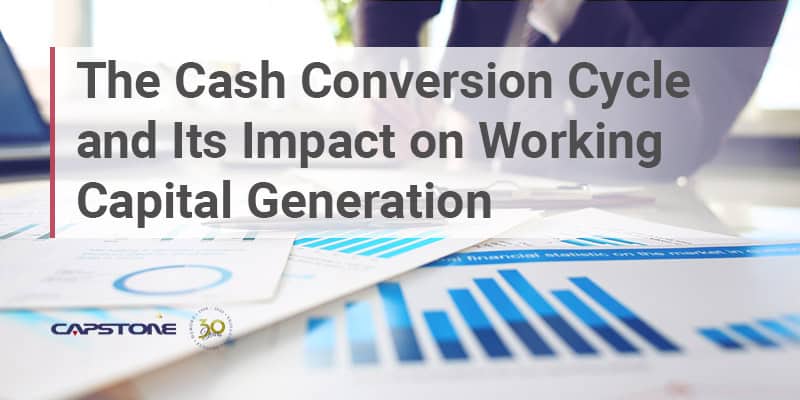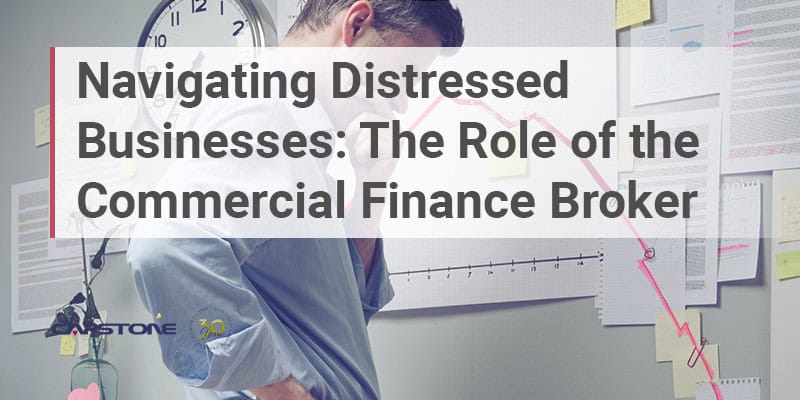If you are a Financial Broker or ISO, you may have encountered some business owners who are uncomfortable with the idea of factoring their invoices. Helping prospective clients better understand the concept and clearing up misconceptions is important to help them decide if factoring is the right decision for their company.
The following are a few common objections you may come across with clients and responses to overcome them.
Invoice Factoring is too Expensive (the APR is too high)
Business owners often mistakenly think of invoice factoring in the same terms as a loan. In overcoming this objection, you must explain to the prospect that invoice factoring is not a loan, there are no liabilities created on the balance sheet, and no interest is charged.
Invoice factoring is a financial transaction where the client sells an outstanding B2B invoice at a discount to a factoring company in order to generate immediate cash flow. It represents a true sale of an asset.
As a result of this misconception, prospective clients think that it is appropriate to multiply the factoring fee per month by 12 months to arrive at an APR, which is not accurate. For example, using a hypothetical 3% factor fee for 30 days, clients may inaccurately equate as a 36% APR.
It’s common for individuals to automatically want to think in terms of annualizing percentages. You can demonstrate this is not the case by providing them with an example using their profit margin. Ask the client, if a business projects a 20% monthly profit margin, is it correct to think that at the end of the fiscal period, the business is projecting a 240% (20% x 12 months) profit margin? The answer is “No.” The business’s profit margin at the end of the period is still 20%.
Clients focus on profit margins, so another alternative way that may be more effective is to use an example of how profit margins are impacted by factoring. For example, if a business invoices $100,000 per month on Net 30 Day payment terms and factors $100,000 per month with a 3% monthly factoring fee, the cost is $3,000 per month or $36,000 per year, which is 3% of $1,200,000 in annual sales. If client profit margins are normally 40% before financing costs, in this example, profit margins after factoring costs would be 37% (40%-3%), not 4% (40%-36%).
Some additional cost mitigation techniques to explain to the prospective client:
- Factor only their fast paying customers.
- Factor invoices only as they need the cash flow. Single invoice (“spot”) factoring will offer them this flexibility.
- Hold the invoices for a few weeks before factoring. This is useful when the client is offering their customer extended payment terms. Factor fees start accruing once the invoice is factored.
- Only take a portion of the advance. Most factor companies will prorate the factor fees if the client does not take the full advance.
The “it’s too expensive” objection comes up pretty frequently, so make sure you’re comfortable with explaining these concepts in a way your client will understand.
What Will My Customers Say if I Factor Their Invoices?
Invoice factoring is widely accepted in many industries as a source of working capital for businesses. Even Fortune 500 companies use factoring in their funding strategies. Explain to them that chances are their customers have other vendors that also factor their invoices.
A client’s customer should understand that their decision to factor their accounts receivable is a positive step intended to improve their finances. Factoring is not a loan. A client’s balance sheet is strengthened by not being burdened with debt. Factoring provides access to working capital and cash flow so the client can purchase materials/supplies, improve staffing and facilities to meet or exceed their customers’ requirements and take on new or larger projects.
Invoice factoring allows the client to continue offering the same payment terms their customers currently enjoy. Furthermore, the client may be able to offer better payment terms based on the factoring facility. Clients have the added benefit of not needing to devote time and resources to collect accounts receivable.
It’s important for clients to let their customers know that outside of invoicing, their relationship will not change. The client will still be providing the highest level of quality products and services. Customers want to be assured their business will not be impacted by your client’s decision. The more the client can do to assure customers that most things will not change, the more likely they will be comfortable.
My Cash Flow Is Fine Right Now So I Don’t Need to Use Factoring
Don’t let your client think it is okay to delay applying for a factoring facility. Explain to them that accessibility of cash flow and working capital is essential and key to a successful business. It’s imperative that the client makes the most of their financing network, especially during times of economic uncertainty, rising interest rates, and banking industry turmoil.
Cash flow may slow down, or unexpected opportunities for new orders may arise, and the client may not have the cash flow to buy materials and carry accounts receivable for 60 days or more. The best time to get everything set up for invoice factoring is when the business is not operating in crisis mode.
The client should understand that invoice factoring can be used as a primary means of business funding or to supplement a traditional form of financing, including existing lines of credit, revolving credit facility, small business loan, etc.
Small business loans are an option, but the application is long and involved, and credit approval is more difficult when there is a business slowdown. With the potential for bank failures, there is concern that it will be more difficult for small and medium-size businesses to obtain working capital.
Getting a client set up with an account now does not harm the client’s business, financials, or credit profile. Clients will appreciate having easy access to cash to pay an unexpected bill, fund a large order, or expand business operations.
—–
If your client is in an industry unfamiliar with factoring, it would be helpful to familiarize them with the benefits that factoring has to offer, including:
- Ability to Grow Business – They don’t have to wait 60 days or more for invoice payments to pursue additional contracts or orders.
- Reliable and Stable Cash Flow – They have cash to pay suppliers and employees without going into debt.
- Free Up Internal Resources – When an external resource is handling accounts receivable, internal staff is freed up to handle other tasks, which means lower overhead and less need to hire additional staff.
Choosing the right business funding option is an important decision that should be considered carefully. Capstone’s invoice factoring programs can ensure your clients have adequate access to cash flow to fuel growth and their long-term success. Contact Capstone at (212) 755-3636 to find the best funding option for almost any business.






